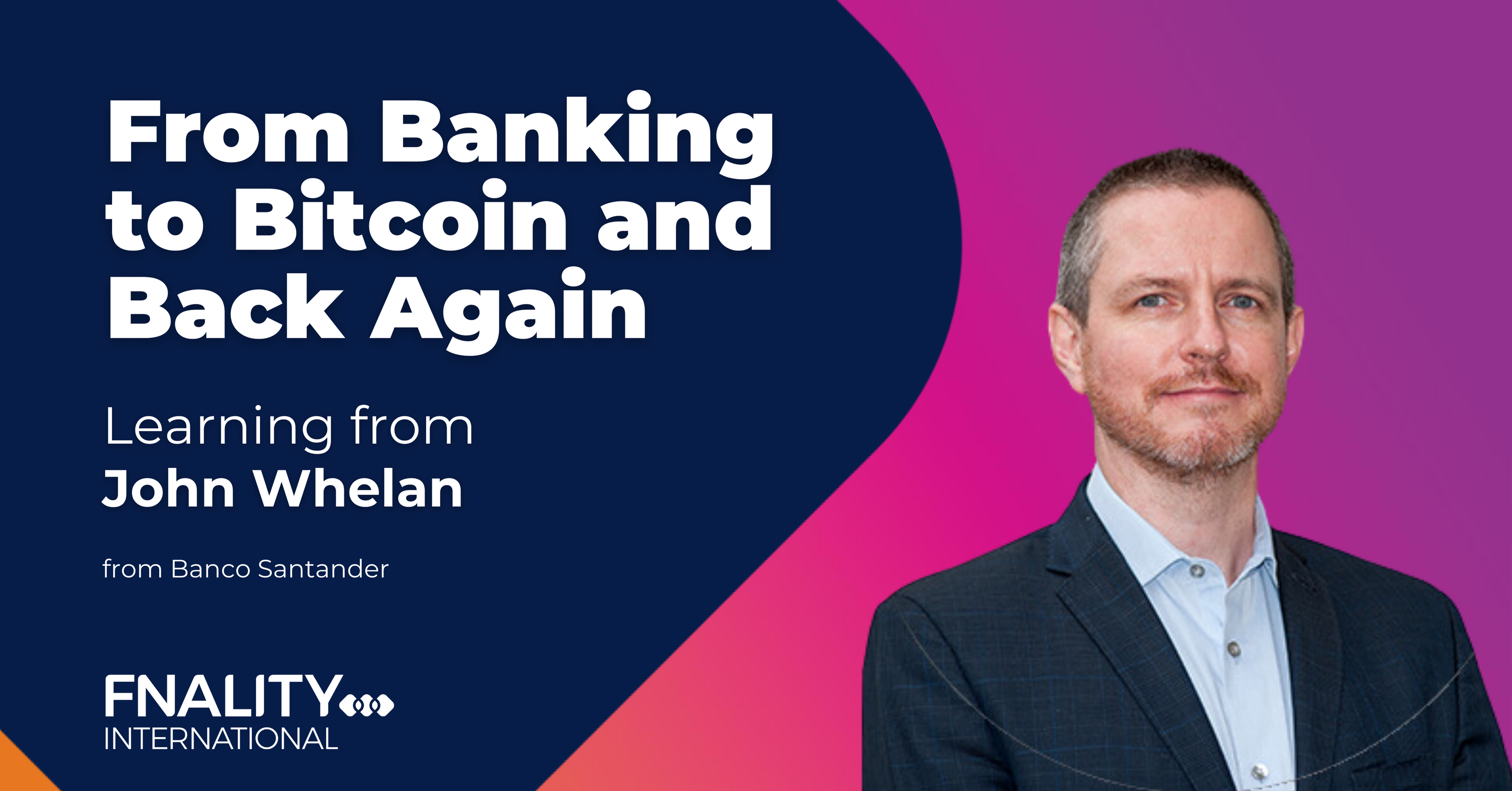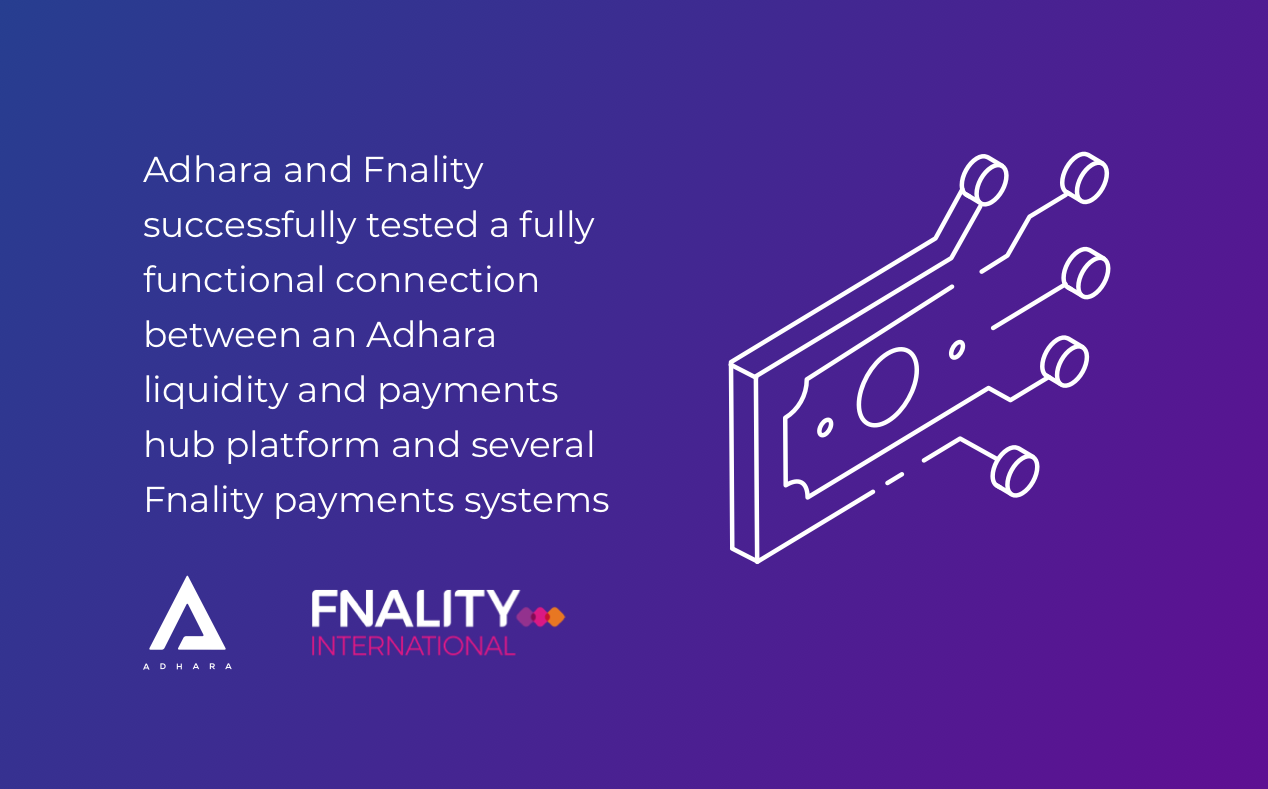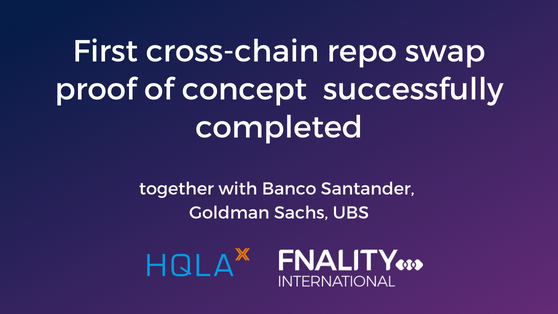- Fnality and HQLAXcomplete the first end-to-end test of a cross-chain repo trade settlement at a precise moment in time, demonstrating interoperability across platforms
- Plan to launch wholesale cross-chain repo transactions in Q4 2024, subject to UK regulatory approvals
18-Jun-2024 16:22:44 / by Fnality Press Office posted in Technology, Connection, Blockchain, Fnality, Press Release, repo swap
28-Feb-2024 09:30:00 / by Giulia Secco posted in Blockchain, Fnality, ESG, sustainability, proof of authority
The issue of the environmental impact of blockchain systems is complex. Blockchain can be an energy-intensive technology – sometimes requiring a huge amount of processing power and consumption. At Fnality, we have adopted a specific mechanism for our network of payment systems, which minimises energy consumption by design to overcome the sustainability challenges often presented by distributed ledger technology (DLT) – while unlocking the many benefits that it offers.
In this blog, we explain the consensus mechanism adopted by Fnality and why this supports a key organisational goal of promoting sustainability and environmental stability.
22-Jan-2024 13:21:34 / by Mohamed Amer posted in Fnality, World Mental Health Day, Mental Health, Mental Health Awareness, Wellbeing, culture, Anxiety
As we look back to October’s Mental Health Week, it’s important to think and talk about how businesses enable their employees – and society as a whole – to understand and take ownership of their mental health journey.
In this blog, I want to explore one way of thinking about mental health in the workplace – and give an overview of some of the ways that Fnality works to support our people to manage and maintain their wellbeing.
14-Dec-2023 12:00:00 / by Fnality Press Office posted in Technology, Blockchain, Distributed Ledger Technology, Fnality, Views, digital assets, blockchainadoption, dFMI, central banks, FnPS, DvP
- DLT-based Sterling Fnality Payment System (£FnPS) sees first live transactions utilising a digital representation of funds at central bank. Initial participants are Lloyds Banking Group, Banco Santander, and UBS.
05-Dec-2023 11:23:30 / by Simone Cortese posted in Fnality, digital assets, settlement, dFMI, FnPS, DeFi
The Committee on Payments and Market Infrastructures (CPMI) defines interoperability as follows:
“The technical or legal compatibility that enables a system or mechanism to be used in conjunction with other systems or mechanisms.”
When the Distributed Ledger Technology (DLT) community talks about interoperability, they mean that two or more systems can work seamlessly with each other. What they are talking about is enabling cross-chain atomic swaps – swaps in which either both legs happen or neither of them do. Deriving from the Greek ‘atomos’, the word roughly translates to ‘indivisible’. It is indivisibility which ensures both legs of DLT-enabled financial transactions can be actioned,...
14-Nov-2023 10:32:15 / by Fnality Press Office posted in Technology, Blockchain, Distributed Ledger Technology, Fnality, Views, digital assets, blockchainadoption, dFMI, central banks, FnPS, DvP
- Latest funding round follows Series A of £55m in June 2019
- Lead investors include Goldman Sachs and BNP Paribas
30-Oct-2023 10:00:00 / by John Whelan posted in Blockchain, Fnality, digital assets, DLT, DeFi
The world of finance has been rapidly evolving with the rise of blockchain technology and cryptocurrencies. One individual who has played a crucial role in bridging the gap between traditional banking and the digital asset space is John Whelan, the Managing Director of Crypto and Digital Assets at Santander. In this blog post, we will explore John's interesting personal journey to his current position, Santander's involvement with our first-of-its-kind payment system and the many reasons why John is enthusiastic about the future of finance.
20-Jun-2023 11:00:00 / by Fnality Press Office posted in Technology, Connection, Blockchain, Fnality, Press Release
08-Mar-2023 12:00:00 / by Giulia Secco posted in Fnality, people, embraceequity, IWD2023
Fnality is taking serious action to address unconscious bias and a major focus for this quarter has been to support the 2023 International Women's Day’s theme #EmbraceEquity.
05-Dec-2022 10:32:49 / by Fnality Press Office posted in Technology, Blockchain, Fnality, Partner, Press Release, HQLAx, cross-chain, repo swap
Fnality and HQLAX demonstrate together with Banco Santander, Goldman Sachs and UBS, the first cross-chain repo swap pilot across Corda and Enterprise Ethereum, paving the way for the settlement of intraday transactions










